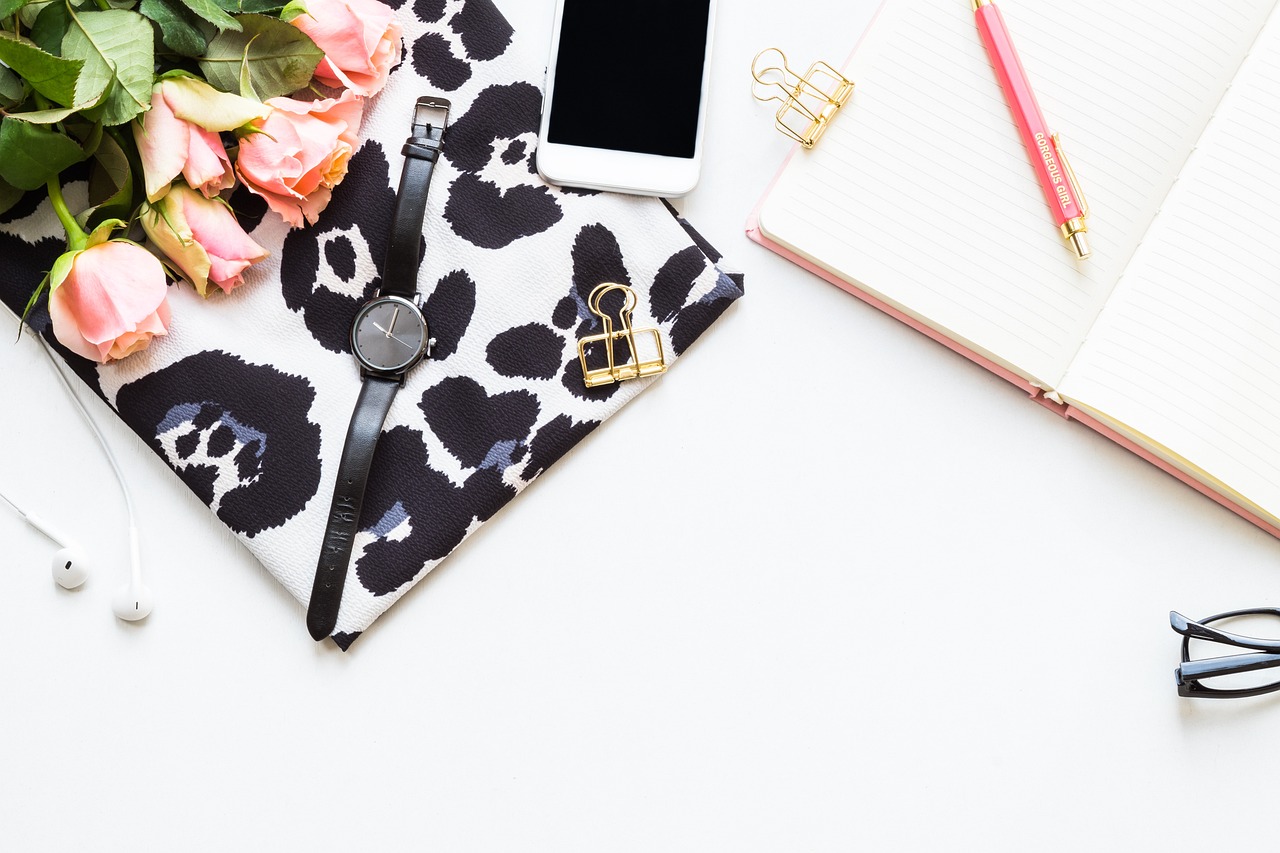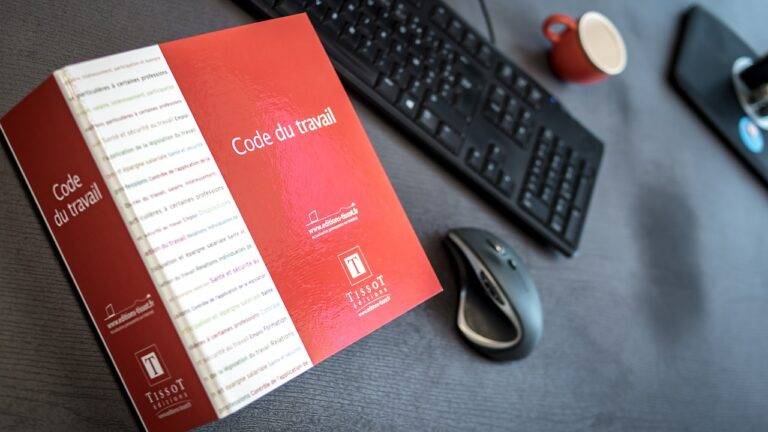The Role of Emotional Design in User Experience and Product Adoption
Emotional design is a strategic approach that seeks to create products and experiences that evoke specific emotional responses in users. By leveraging design elements such as color, typography, imagery, and interactive features, emotional design aims to establish a deeper connection with users on a subconscious level. This connection can influence users’ perceptions, behaviors, and decision-making processes, ultimately driving engagement and loyalty.
In essence, emotional design goes beyond mere aesthetics and usability to tap into the realm of human emotions. It recognizes that users are not purely rational beings but are instead influenced by their feelings and emotional responses. By integrating emotional cues into the design process, creators can elicit desired emotional states in users, such as joy, trust, excitement, or serenity, enhancing the overall user experience and fostering lasting relationships with their audience.
• Emotional design is a strategic approach to creating products and experiences
• It aims to evoke specific emotional responses in users
• Design elements such as color, typography, imagery, and interactive features are leveraged
• The goal is to establish a deeper connection with users on a subconscious level
• This connection can influence perceptions, behaviors, and decision-making processes
Understanding User Psychology
User psychology plays a crucial role in shaping the way individuals interact with products and services. By understanding the cognitive and emotional processes that influence user behavior, designers can create more intuitive and engaging experiences. Users are often driven by subconscious motivations and desires, which can greatly impact their decision-making process.
When designing products, it is important to consider how users perceive and interpret information. Different psychological factors such as perception, cognition, and emotions can significantly affect user experience. By taking into account these aspects of user psychology, designers can tailor their products to better meet the needs and expectations of their target audience.
Impact of Emotional Design on User Behavior
Emotional design plays a crucial role in influencing user behavior across various platforms. When users feel a strong emotional connection to a product or website, they are more likely to engage with it on a deeper level. This emotional response can lead to increased user satisfaction, loyalty, and trust in the brand.
By incorporating emotional design elements such as color schemes, typography, imagery, and interactive features, designers can evoke specific emotions that resonate with users. These emotional connections can drive users to spend more time on a website, make a purchase, or share content with others. Ultimately, the impact of emotional design on user behavior highlights the importance of creating meaningful and engaging experiences that resonate with users on an emotional level.
What is emotional design?
Emotional design is a design approach that focuses on evoking emotions and feelings in users when interacting with a product or service.
How does understanding user psychology play a role in emotional design?
Understanding user psychology helps designers create experiences that resonate with users on an emotional level, leading to increased engagement and loyalty.
What are some examples of emotional design elements?
Examples of emotional design elements include color choices, typography, imagery, and microinteractions that elicit specific emotional responses from users.
How does emotional design impact user behavior?
Emotional design can influence user behavior by creating a connection between the user and the product, leading to increased satisfaction, loyalty, and conversion rates.
Can emotional design be applied to all types of products and services?
Yes, emotional design can be applied to a wide range of products and services to create memorable experiences that resonate with users on an emotional level.







